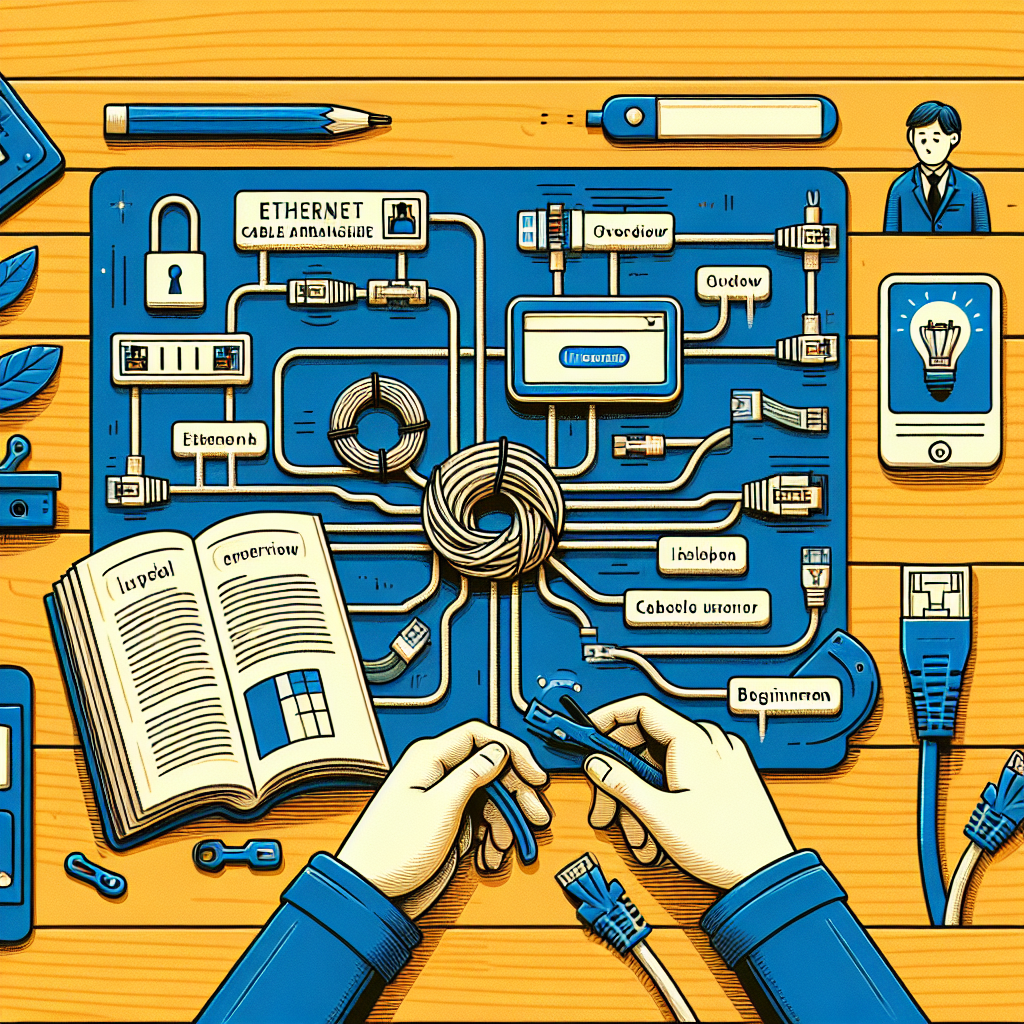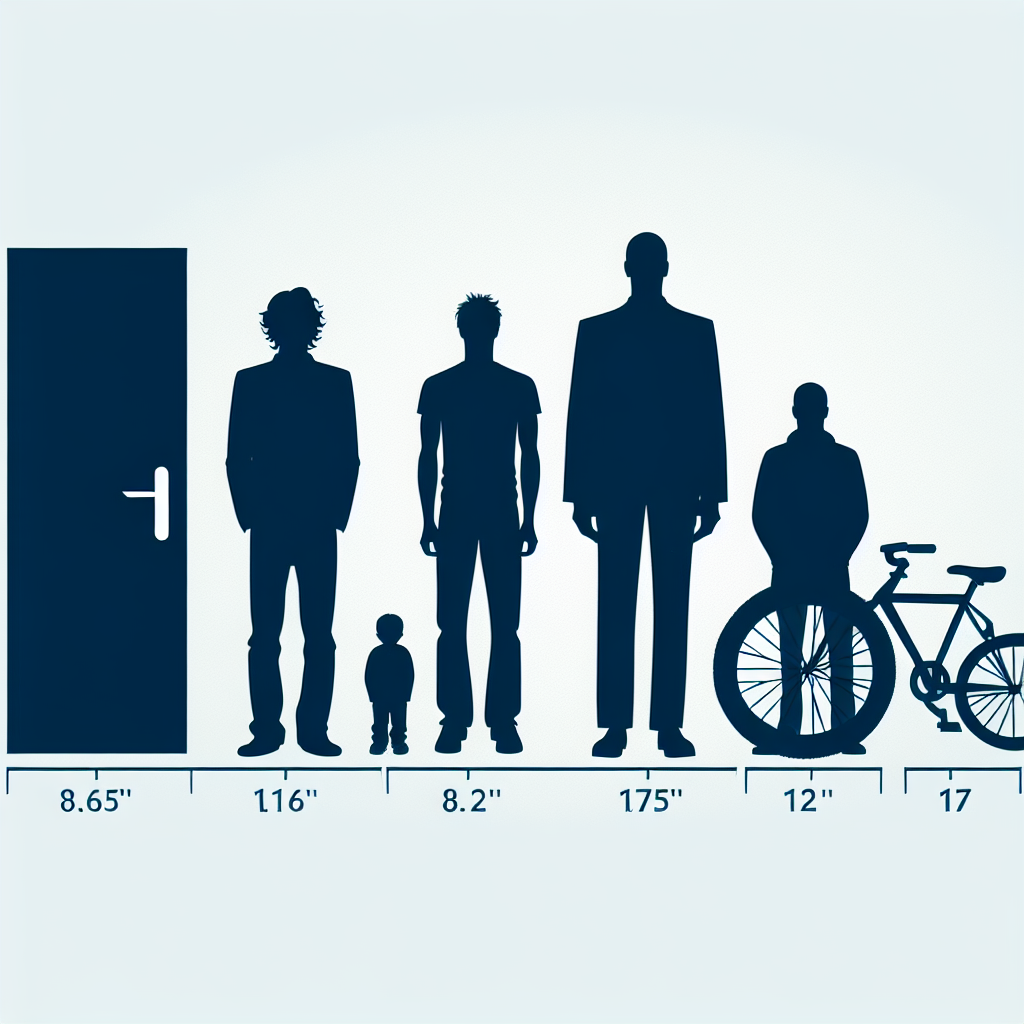Smart Device Integration in Cars: Revolutionizing the Driving Experience
As technology continues to evolve, smart device integration in cars is redefining the automotive landscape. This article delves into the specifics of how these integrations enhance connectivity, safety, and the overall driving experience, answering common questions and exploring the latest innovations in smart car technology.

Understanding Smart Device Integration in Cars
Smart device integration in cars refers to the seamless connection between your vehicle and various smart devices, including smartphones, tablets, and wearables. This process allows drivers to access applications, navigation tools, and communication functions directly from their car’s interface. But what does this integration entail, and how does it elevate the driving experience? Let's explore some pressing questions surrounding this topic.
1. What are the Main Technologies Behind Smart Device Integration?
The backbone of smart device integration in cars includes several advanced technologies:
- Bluetooth Connectivity: This allows drivers to connect their smartphones wirelessly to the car’s audio system for hands-free calls and music streaming.
- Wi-Fi Hotspots: Many modern vehicles come equipped with Wi-Fi capabilities, allowing passengers to connect their devices to the internet, enhancing connectivity while on the road.
- Smartphone Integration Platforms: Platforms like Apple CarPlay and Android Auto enable users to mirror their smartphone interfaces on the vehicle's infotainment screen, providing easy access to apps and navigation.
- Voice Recognition Systems: Technologies like Amazon Alexa or Google Assistant are built into car systems to assist drivers with navigation, music selection, and messages without needing to take their hands off the wheel.
2. How Does Smart Device Integration Improve Safety?
Safety is a significant concern for all drivers. Smart device integration addresses this in several ways:
- Hands-Free Functionality: By allowing drivers to make calls and send messages without physically handling their devices, smart integrations keep their focus on the road.
- Navigation Assistance: Integrated navigation systems provide real-time traffic updates and route optimization, reducing the chances of accidents caused by driver confusion.
- Driver Monitoring: Advanced systems can monitor driver behavior and alert them to potential distractions or fatigue, ensuring a safer driving experience.
3. What Benefits Do Smart Integrations Provide for Everyday Drivers?
The integration of smart devices in cars offers several advantages:
- Enhanced User Experience: Drivers can access their favorite apps, playlists, and navigation tools directly from their dashboard, streamlining their driving experience.
- Remote Vehicle Management: Many vehicles now allow owners to start their cars, lock/unlock doors, and track their vehicle's location using a smartphone app, adding a layer of convenience and security.
- Personalized Settings: Smart integration can remember driver preferences for seat positions, temperature settings, and radio stations, making each journey more enjoyable.
4. What Are the Challenges of Smart Device Integration?
Despite its numerous benefits, smart device integration in cars is not without challenges:
- Compatibility Issues: Not all smartphones and devices are compatible with every vehicle model, which can create frustration for users.
- Security Risks: Increased connectivity can expose vehicles to hacking risks, demanding robust cybersecurity measures from manufacturers.
- Distraction Concerns: While smart integrations offer hands-free options, they can still distract drivers if not used carefully, emphasizing the need for responsible usage.
5. How is the Future of Smart Device Integration Shaping Up?
The future of smart device integration in cars looks promising as innovations are continuously emerging:
- 5G Capabilities: The rollout of 5G technology is set to boost the speed and reliability of internet connectivity in vehicles, allowing for smoother streaming and navigation services.
- Advanced AI Integration: As artificial intelligence becomes more sophisticated, expect to see smarter virtual assistants that can predict user needs, enhance navigation, and provide personalized experiences.
- In-Vehicle Commerce: Future systems may allow drivers to make purchases for fuel, food, and services directly from their cars, integrating more convenience into the driving experience.
6. How Do Manufacturers Approach Smart Device Integration?
Different manufacturers have various approaches to smart device integration:
- Custom Systems: Some manufacturers create proprietary systems that allow for specific features tailored to their cars, such as Tesla's unique interface.
- Collaboration with Tech Companies: Many automakers partner with technology giants to integrate popular software solutions, ensuring they provide current features that consumers demand.
- Updates Through Over-the-Air (OTA) Technology: Some manufacturers offer OTA updates to enhance existing features or add new functionality, making it easier for them to keep pace with rapid technological advancements.
Conclusion
Smart device integration in cars is more than just a trend; it is a significant shift in the relationship between drivers and their vehicles. By answering essential questions about the technologies, benefits, challenges, and future of this integration, it's clear that as automotive technology advances, drivers can expect an increasingly connected, safe, and enjoyable driving experience. The journey towards smarter vehicles has only just begun, and the road ahead is promising.
New posts

Everything You Need to Know About Battery as a Service (BaaS)
Sustainability

Exploring NIO Sports Cars: Performance, Technology, and Future Prospects
Automotive

Trends in Mobility: A Forward-Looking Approach to Transportation Innovation
Innovation







Popular posts

Smart Device Integration in Cars: Revolutionizing the Driving Experience
Innovation

Exploring the Future of E Automobiles: Questions Answered
Sustainability

Unlocking the Future: The Role of Sensors in Vehicles
Automotive Technology

Exploring the Electric Coupe: A New Era of Performance and Style
Sustainability

How Much is the AVTR Car? A Comprehensive Cost Analysis
Mercedes-Benz

Understanding NIO AD: Revolutionizing Autonomous Driving
Automotive

Revolutionizing Mobility: The Latest Breakthroughs in New Electric Car Battery Technology
Sustainability

Harnessing Solar Power: The Revolutionary Impact of Solar Roofs on Cars
Sustainability

The Future of E-Fuel Gasoline: Revolutionizing Transportation
Sustainability

Exploring Intelligent Driving: Key Questions and Insights
Transportation Innovation